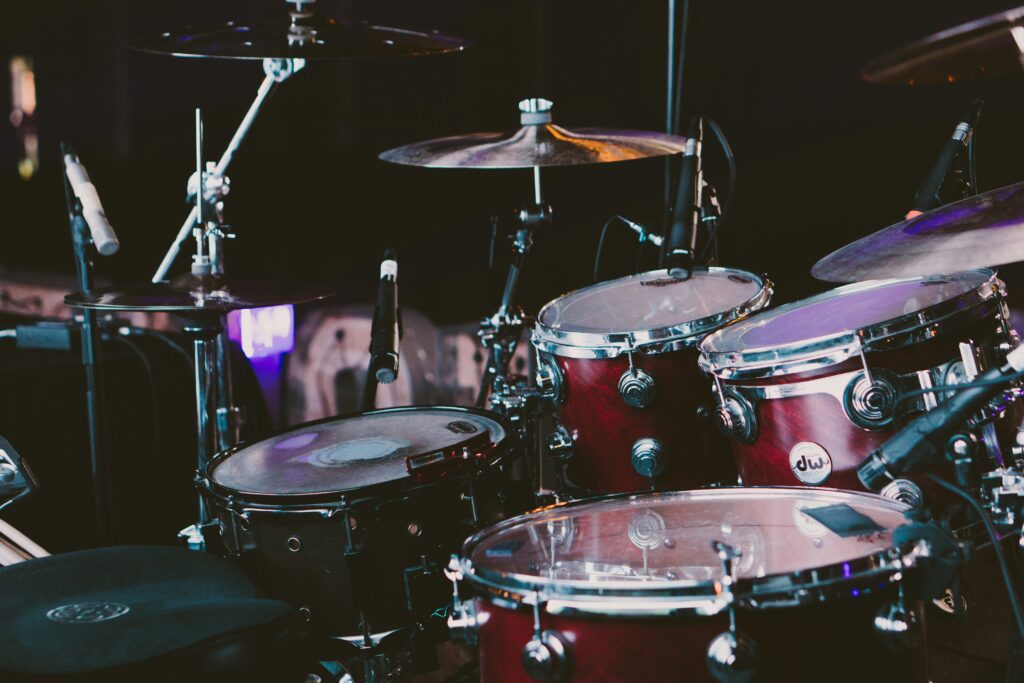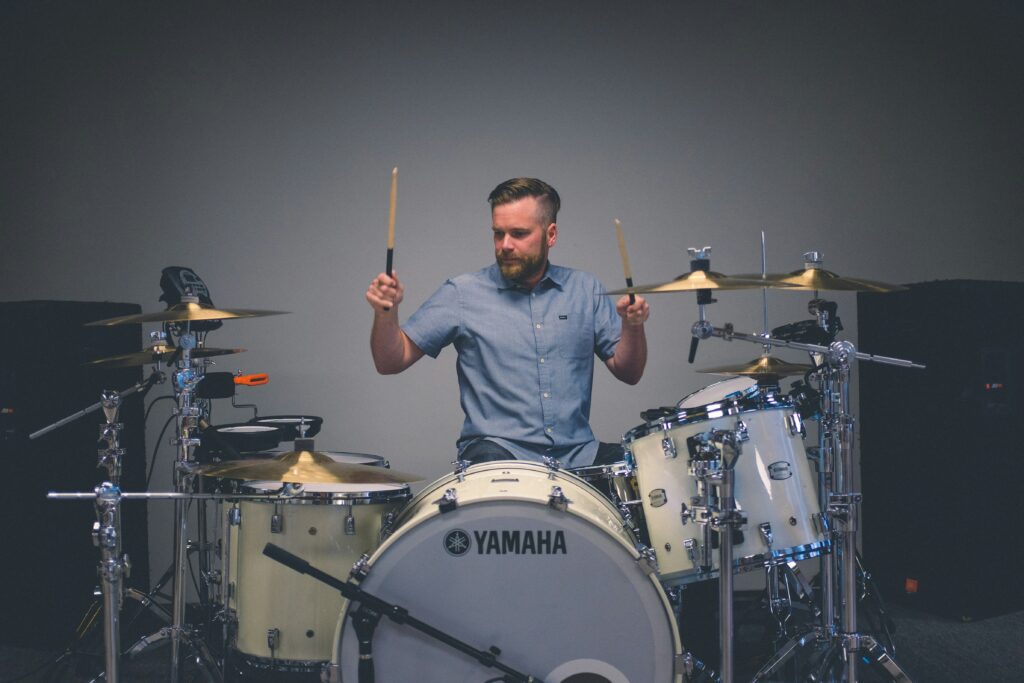Planning to record drums? When it comes to capturing the powerful and dynamic sound of a drum set, proper microphone placement and technique play a crucial role. Whether you’re a seasoned audio engineer or a musician looking to record your own drums, understanding the essentials of drum miking is essential. In this blog post, we will explore the key techniques and considerations for achieving stellar drum recordings. From selecting the right microphones to optimal placement strategies, let’s dive into the world of drum recording essentials.
Choosing the Right Microphones
When it comes to drum recording, selecting the right microphones is crucial for achieving the desired sound. There are three main types of microphones commonly used: dynamic, condenser, and ribbon microphones.
Each mic has it’s own (drum) sound
Dynamic microphones are known for their durability and ability to handle high sound pressure levels, making them ideal for capturing the powerful sound of kick drums and snare drums. Condenser microphones, on the other hand, are more sensitive and detailed, making them well-suited for capturing the nuances of cymbals and overheads. Lastly, ribbon microphones offer a smooth and vintage sound, making them a popular choice for recording toms and capturing a warm overall drum sound.
Each microphone type has its own characteristics and strengths, and understanding their suitability for specific drum components is essential.
Dynamic microphones provide a punchy and focused sound, while condenser microphones offer clarity and definition. Ribbon microphones, with their rich and smooth sound, add a touch of warmth to the drum recordings. It’s important to consider the sonic qualities you want to achieve and choose the microphone type accordingly.
Shure SM57: Versatile and cheap
When it comes to specific microphone models, the Shure SM57 is a well-known and versatile microphone that is often used for drum recording. Its ability to handle high sound pressure levels and its focused pickup pattern make it a popular choice for capturing snare drums and guitar cabinets.


AKG D112, Neumann U87, Royer R-121
Other recommended microphones for drum recording include the AKG D112 for kick drums, the Neumann U87 for overheads, and the Royer R-121 for ribbon microphone enthusiasts. These microphone models have proven to deliver excellent results in drum recording scenarios, providing the necessary clarity, punch, and character to bring the drums to life in the mix.
Choosing the right microphones for drum recording is a vital step in capturing the perfect drum sound. By understanding the characteristics and strengths of different microphone types and selecting the appropriate models, you can ensure that each drum component is accurately and beautifully represented in your recordings.
Positioning the Microphones
Proper microphone placement is essential to capturing a balanced and coherent drum sound. When it comes to recording drums, each component requires careful consideration for optimal microphone placement.
Kick drum miking
For the kick drum, placing a dynamic microphone just inside the sound hole can capture the deep low-end thump, while a condenser microphone positioned slightly outside the drumhead captures more attack and detail.
Snare drum miking
When miking the snare drum, a dynamic microphone placed above the rim can capture the crisp snare sound, while another dynamic microphone placed underneath can capture the resonance and body of the drum.For the toms, close miking is often preferred, with dynamic microphones placed near the drumhead to capture the fullness and impact of each tom.
Overhead miking
Overhead miking is crucial for capturing the overall drum kit sound. Placing condenser microphones above the drum set, pointed towards the center, can capture the cymbals, as well as the stereo image of the entire drum set.
Room miking
Room miking can add depth and ambience to the drum sound. Placing a pair of condenser microphones at a distance from the drum set can capture the natural reverb and spaciousness of the room.By strategically positioning the microphones and utilizing techniques like close miking, overhead miking, and room miking, you can achieve a well-balanced drum mix that captures the nuances and energy of the performance.
Experimentation and fine-tuning may be necessary to find the perfect placement for each drum component, but with patience and careful listening, you can achieve stellar drum recordings.


Post-Processing and Mixing
Once the drum recordings are captured, post-processing and mixing techniques come into play. In this section, we will share essential tips for processing and mixing drum recordings. We will delve into techniques for EQ to shape the drum sound, compression to control dynamics, and adding ambience to create depth. We will also discuss the role of drum samples and how they can be integrated into the mix for enhancing the drum sound. Additionally, we will provide insights on creating a balanced drum mix and ensuring that each component sits well within the overall mix.
Conclusion
Capturing the energy and impact of a drum set requires careful consideration of microphone selection, placement, and post-processing techniques. By understanding the essentials of drum miking, you can achieve professional-level drum recordings that elevate your music productions. Remember to experiment, trust your ears, and fine-tune your techniques to capture the best possible drum sound. With a solid foundation in drum recording essentials, you’ll be well on your way to creating dynamic and captivating drum tracks. If you’re looking to take your drum recordings to the next level, MixingBase is here to help. Our team of experienced audio engineers can provide personalized advice, techniques, and resources to enhance your drum recording journey. Contact us today to discover how we can elevate your drum sound and bring your music to life.